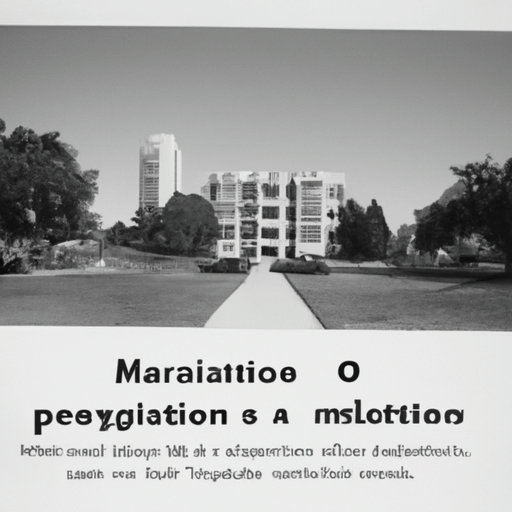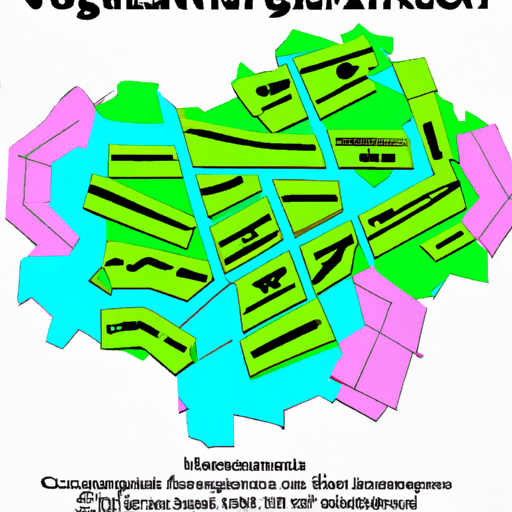“One of the most contentious policies introduced by the Harris Conservative government as part of its Common Sense Revolution was municipal amalgamation. The purpose of the amalgamations was to improve efficiency and reduce municipal spending and to decrease the number of politicians without reducing accessibility to local elected officials.
This paper reports on telephone surveys of residents of three amalgamations in Ontario. Overall, the amalgamated municipalities did not receive high marks from their residents in terms of increased value for taxes as predicted by the province; but at the same time, they did not receive poor marks in terms of loss of attachment to their local communities as predicted by those opposed to amalgamations. The survey also indicated over time support for the amalgamation had been increasing slightly in most areas, although there were some areas in which the level of opposition had not changed.
One of the most contentious policies introduced by the Harris Conservative government in Ontario as part of its Common Sense Revolution was municipal amalgamation. Although the highest-profile amalgamation was the creation of the Toronto megacity, there have been many other amalgamations across the province, with the result that the number of municipalities was reduced by half in the period from 1996 to 2001.
The purpose of the amalgamations was to improve efficiency and reduce municipal spending and to decrease the number of politicians without reducing accessibility to local elected officials (Downey and Williams 1998; Williams and Downey 1999). In many cases, however, there was opposition to amalgamation because residents felt that the larger amalgamated municipalities would increase taxes without providing additional services and destroy their sense of local community.
The Ontario amalgamations fit into a pattern of controversial amalgamations that have occurred in some, but not all, other provinces. Andrew Sancton reviewed the amalgamations in New Brunswick and Nova Scotia as well as Ontario and failed to find the expected cost savings (Sancton 1996). Reviews of the Toronto amalgamation by Enid Slack (2001) and Fernand Martin (2001) also failed to find any savings. The contentious amalgamation that created the Halifax Regional Municipality in 1996 has been studied extensively and some of the results of those studies will be discussed later and compared to the results in this paper.”
J. Kushner, D. Siegel | March 22 2003 | Political Science | The Canadian Journal of Regional Science, https://www.semanticscholar.org/paper/Citizens’-Attitudes-toward-Municipal-Amalgamation-*-Kushner-Siegel/168558f00e915ea93be6b0afdb88e1c1d4b15b20










